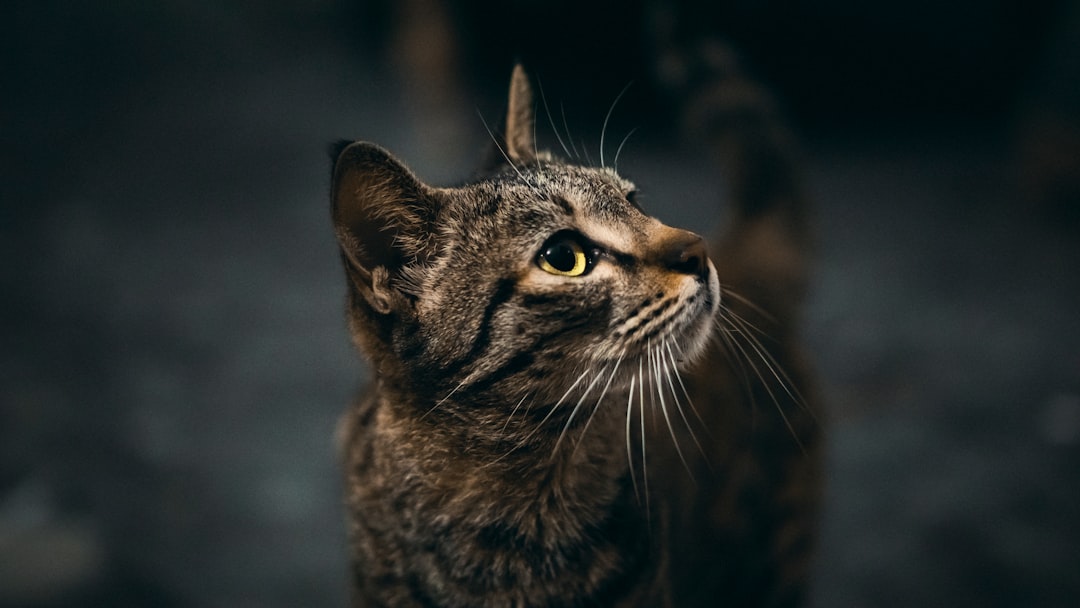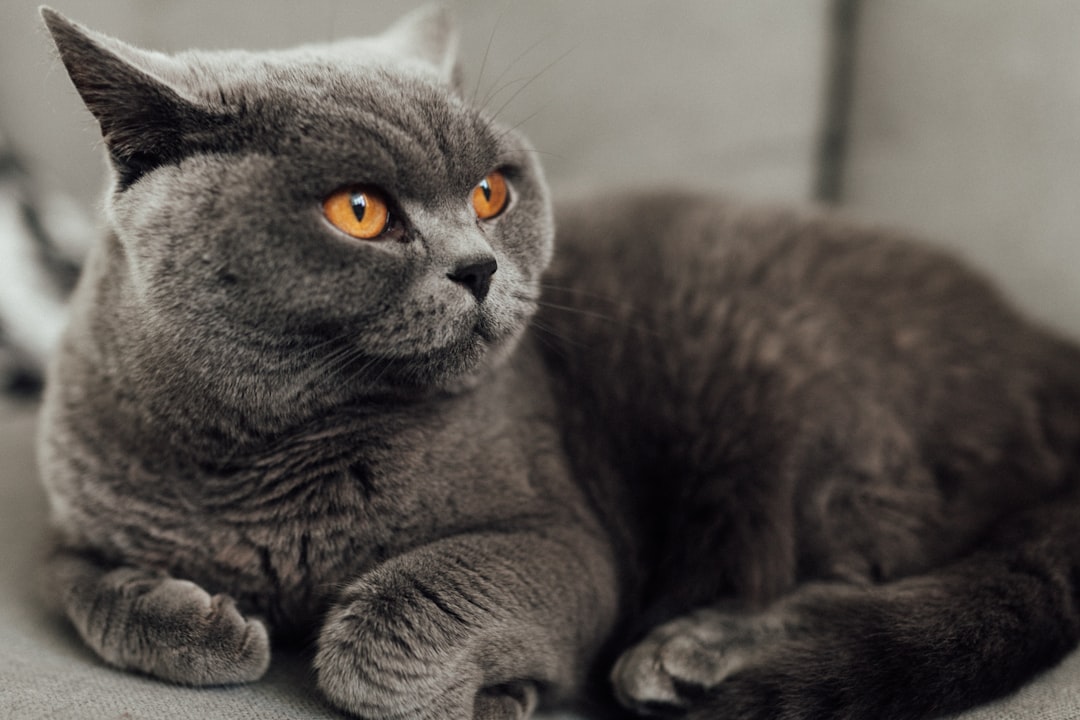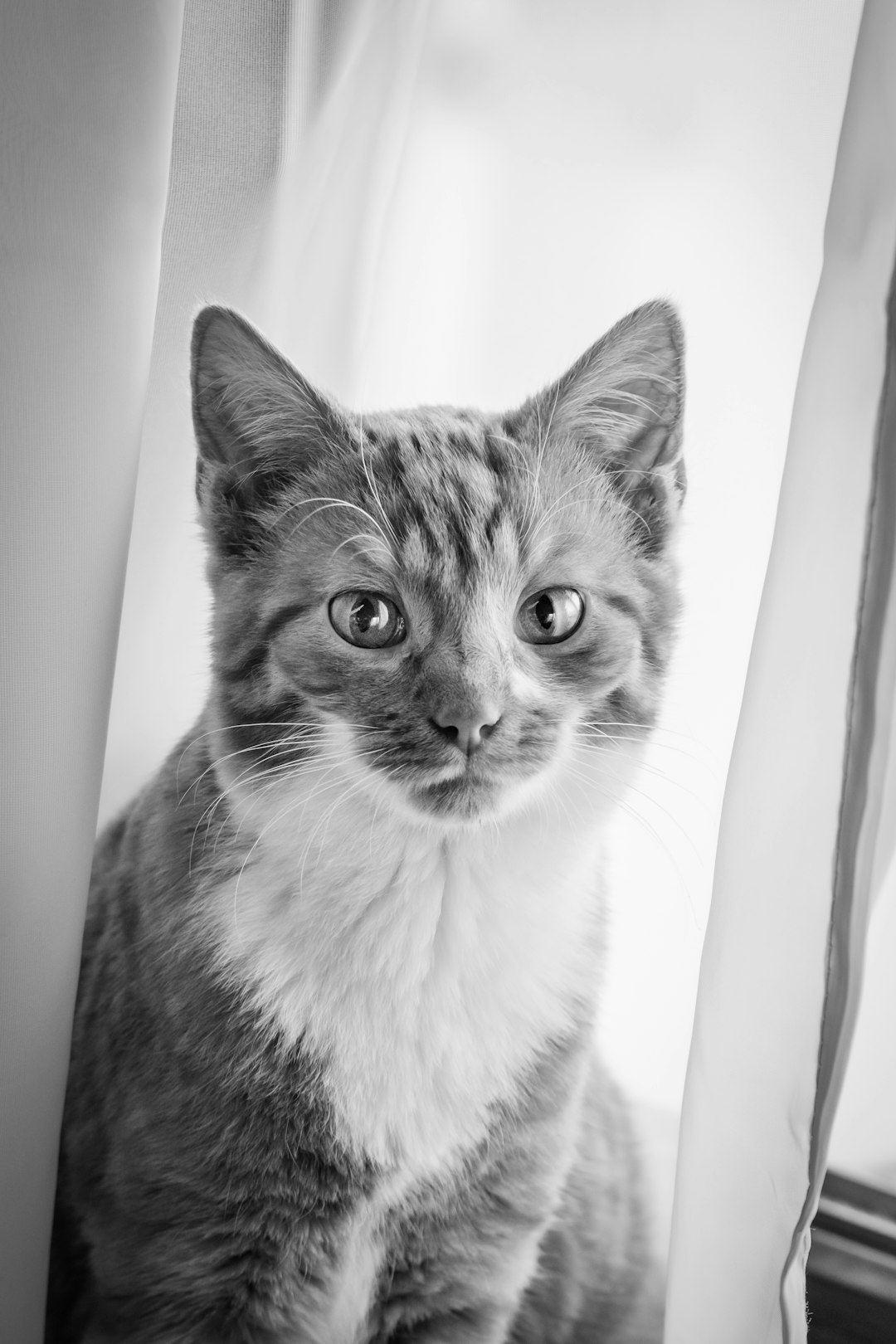If you’ve ever walked into your living room only to discover a mysterious feline fountain of joy on your carpet, you might be wondering, “What is cat spray?” Spoiler alert: it’s not a trendy new air freshener. This quirky behavior is your cat’s not-so-subtle way of saying, “This is mine, and I’m not sharing!” But before you get too mad or start shopping for a new rug, let’s dive into the wild world of feline marking behavior and learn how to manage this fragrant predicament with a sprinkle of humor.
Understanding Cat Spray: Definition and Causes

So, you’re probably wondering, what is cat spray? Well, my feline friends, grab your favorite catnip-infused snack because it’s about to get enlightening (and a tad bit amusing). Cat spray is essentially a form of communication—think of it as your kitty’s cheeky way of sending a message to the world, or at least to any unsuspecting humans nearby!
Definition:
- Cat Spray: A fine mist of urine, usually shot at a vertical surface, serving as your cat’s personal billboard of feelings.
Causes:
Cats spray for various reasons, including:
- Territory: “This is MY castle, human!”
- Stress: “Why did you bring that dog into my home?!”
- Reproductive Urges: “Hey there, good-looking! Ever considered a romantic dinner? Just kidding, it’s a spray party!”
In conclusion, when asking what is cat spray, remember that it’s all about those little furballs expressing their emotions—albeit in a rather smelly fashion. So the next time you spot a spritz, just think of it as your cat’s version of writing on the wall—minus the literary finesse.
The Purpose of Feline Marking Behavior

So, what is cat spray really about? You might think your cat’s just auditioning for a role in a smelly detective drama, but there’s more to it than meets the nose!
Felines are quirky little creatures, and their marking behavior serves several purposes:
- Territorial Claims: Just like a “No Trespassing” sign, cats spray to proclaim ownership of their space. It’s their version of shouting, “This is MY turf!”
- Communication: Think of cat spray as their unique way of sending messages to other felines. It’s like leaving a cat version of a voicemail that says, “Hey, I’m here. Let’s not make this awkward!”
- Stress Relief: Cats can experience stress (believe it or not!), and spraying can be a coping mechanism. They express their discomfort just as we might yell at a frustrating TV show.
So, when you ponder what is cat spray, just remember: it’s not personal, it’s feline! Embrace their quirky nature while strategizing on how to minimize that fragrance.
Common Triggers for Cat Spraying

Ah, the mysteries of feline behavior! Understanding what is cat spray starts with unraveling the sneaky triggers behind it. Let’s take a humorous plunge into what gets your cat’s spray can popping! Here are some common culprits:
- Territorial Tensions: Ever had a new cat in the neighborhood? Your feline could be sending a very fragrant “Not in my yard!” message.
- Stress and Anxiety: Changes in the home—think moving, new pets, or even a new vacuum cleaner—can seriously ruffle their fur. They might just feel the need to express their displeasure in their own liquid way.
- Mating Season: Unaltered males and females are like hormonal teenagers, and when love is in the air, their spray can become their self-declared love potion!
- Health Issues: Sometimes, it’s not about territory or romance. If your kitty’s spray is frequent, they might be facing some health dilemmas, so a vet visit could be in order.
So, if you’re pondering what is cat spray, remember it’s not just about the puddles; it’s your cat’s quirky way of expressing feelings—and sometimes, severe cat emotions!
Differences Between Spraying and Urination
Ah, the great mystery of cat behavior! When it comes to what is cat spray, it’s easy to mix things up. So, let’s delve into the captivating world of feline fluids and distinguish between spraying and urination—because nobody wants to confuse their kitty’s Picasso moment with a bathroom break!
Comparison Table
| Aspect | Spraying | Urination |
|---|---|---|
| Purpose | Mark territory like a tiny, furry signpost! | Relieve the bladder—basic biology! |
| Position | Vertical surface, often on a wall or furniture | Horizontal surface, very much on the floor! |
| Puddle Size | Just a tiny spray, like a cat-sized water gun | A full-on pool party situation! |
| Frequency | Usually occasional, often during marking season | Quite regular, like clockwork! |
| Smell | Stronger than a five-day-old fish | Usually milder (but still your cat’s essence!) |
So, when pondering what is cat spray, remember that this little act is not just about relieving oneself but rather establishing a feline GPS. With a few laughs and some education, we can better understand our quirky furballs and their unique marking habits!
Identifying the Signs of Cat Spray
Ah, the notorious “cat spray” — it’s like your feline friend’s version of leaving a love note…made of urine. So, how do you know when your whiskered buddy is marking territory versus a bathroom break? Let’s dive into the telltale signs:
- Posture: When a cat sprays, it often stands with its tail held high, akin to an excited flagpole. In contrast, a cat that’s simply urinating squats like it’s practicing yoga.
- Positioning: Watch out! If your kitty backs up to a vertical surface — be it your favorite plant or that high-fashion sofa — you might just be the victim of a spray attack.
- Substance: Cat spray generally appears more concentrated and might even have an unpleasant odor, while regular urination usually lacks that extra, um, perfume.
- Frequency: If you find your feline friend has adopted a “spray it like it’s hot” attitude multiple times a day, this is a red flag!
So, to sum up, what is cat spray? A sneaky method of feline communication. If you spot the signs, it’s your cue to find a solution before you’re overwhelmed by “that scent”!
Effective Strategies for Managing Cat Spray
So, you’ve discovered your little furball has turned into an unintentional Picasso, creating “art” on your favorite wall. Fear not! Understanding what is cat spray can help you master the techniques to manage it. Here are some humorously effective strategies:
- Neuter or Spay: The most effective way to reduce spraying activity is to “snip-snap” those hormones! Less drama, less spray!
- Clean with Enzymatic Cleaners: Keep those art pieces off your walls by using cleaners that eliminate the smell. If they can’t sniff their masterpiece, they might just forget it existed.
- Provide Multiple Litter Boxes: Think of it as the feline equivalent of having a choice between a sports car or a convertible. More options = less motivation to mark their territory.
- Environmental Enrichment: Keep your cat entertained with toys, climbing trees, and scratching posts — let’s channel their inner freak of nature in a constructive way!
- Feliway Diffusers: It’s like cat aromatherapy. When they feel relaxed, they won’t feel the need to mark their territory!
Remember, preventing what is cat spray goes hand in paw with understanding their feline emotions. Enjoy the journey, and good luck!
When to Seek Professional Help for Spraying Issues
So, you’ve already scratched your head over what is cat spray, and you’ve tried all the tricks in your kitty bag, but your feline still decides to assert their territory on your favorite shoes? It might be time to call in reinforcements! Here’s a quick look at when you should send out the SOS:
- Persistent Spraying: If your kitty continues to spray despite your best efforts, consider consulting a vet or a cat behaviorist. We know cats can be stubborn—traits they likely inherited from their royal ancestors.
- Visible Stress Signs: Is your furry friend acting like a drama queen? (Think hiding, excessive meowing, or a sleek exit when guests arrive). Stress could be the culprit behind their spraying.
- Health Concerns: If their spraying comes with a side of lethargy or changes in eating habits. After all, we all know that sometimes what seems normal isn’t really normal. Talk to a vet!
- New Environment: Moved recently? Cats are all about their territory. A little help may be crucial for your cat’s sanity.
In short, don’t hesitate to reach out for expert advice if the question of what is cat spray continues to baffle you! Your sanity (and shoes) depend on it!
When to Seek Professional Help for Spraying Issues
So, you’ve been wondering what is cat spray, and you’ve tried everything short of begging your cat to understand your bathroom etiquette. If your feline friend continues to turn your favorite chair into their personal canvas despite your best efforts, it might be time to seek professional help. Here are some signs you can’t ignore:
- Persistent Spraying: If your kitty sprays regularly, it’s more than just a phase. We’re talking about marked territories everywhere like they are auditioning for a feline sitcom.
- Change in Behavior: If your cat suddenly starts acting like a diva, avoid your touch, or leaves little surprises in unexpected places, it’s time to break out the phone and call in the pros!
- Health Symptoms: Frequent spraying could accompany other health issues, like UTIs. Fluffy doesn’t want to play doctor, and neither should you!
In short, if managing cat spray feels like trying to translate ancient hieroglyphics, don’t hesitate to consult a veterinarian or a behaviorist. After all, understanding what is cat spray shouldn’t come with a side of stress!
Frequently Asked Questions
What exactly is cat spray, and why do cats do it?
Ah, the enigmatic cat spray! In simple terms, it’s a cat’s way of saying, “This spot is mine, and if you don’t agree, I’ll just mark my territory despite your fancy upholstery!” Cats spray primarily to broadcast their presence to other felines, especially during mating season. It’s their version of a social media status update, but far smellier! So, if your lovely little furball suddenly decides your new rug is the place to be, they’re simply asserting their dominance. Not because they dislike your taste in decor, I promise!
How can I tell if my cat is spraying or just urinating normally?
Ah, the age-old question—are they spraying or just using the litter box with flair? If your feline is spraying, you’ll likely find them arching their back and raising their tail like they’re posing for a magazine cover, leaving a fragrant ‘note’ on vertical surfaces, often in smaller amounts. Regular peeing? It’s more of a straightforward sitting affair, usually in the litter box with proper aim. So, if your kitty is performing acrobatics while simultaneously expressing their artistic flair, congratulations—you’ve got a sprayer!
Can I train my cat to stop spraying?
Believe it or not, you can transform your little Picasso into a more decor-friendly cat! Start by understanding what’s causing the spraying. Stress? They might need some calming goodies. Unwelcome housemates (or that pesky squirrel outside)? Ensure they feel safe at home. Invest in a good pheromone diffuser or consult a vet for potential behavioral training. Remember, patience is key! It won’t happen overnight—after all, nothing worthwhile is ever easy, not even getting your cat to stop creating art on your wall!
Are there any health issues related to cat spraying that I should worry about?
Oh yes, cat spraying can sometimes be the feline version of a siren scream for help! If your cat suddenly starts spraying and they weren’t previously a fan of art, it might be time for a vet consult. Conditions like urinary tract infections (UTIs) can lead to accidental or extra spraying escapades, and nobody wants a cat that’s both a spray artist and feeling unwell. So, keep an eye out; your kitty might just be indicating they need a little medical TLC!



